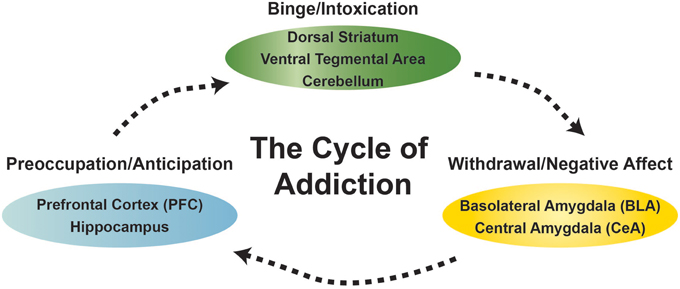


Here are some examples of how you can use it in a sentence: The word pathological, on the other hand, refers to something that is related to or caused by disease or illness. It can be used in a variety of contexts, from medical diagnoses to scientific studies.
PATHOLOGICAL BEHAVIOR EXAMPLES HOW TO
In this section, we’ll explore how to use the words nonpathological and pathological in a sentence. When it comes to using words in a sentence, it’s important to understand their meanings and how they can be applied in different contexts. How To Properly Use The Words In A Sentence

Some conditions may fall into a gray area between the two, and may require further evaluation or diagnosis to determine whether they are indicative of a disease or disorder. It is important to note that the distinction between nonpathological and pathological conditions is not always clear-cut. In this context, pathological conditions might include having a chronic illness, such as diabetes or heart disease, or experiencing symptoms that indicate the presence of a disease or disorder. Pathological conditions can also refer to physical health. For example, in the context of mental health, pathological behavior might include experiencing persistent and intense negative emotions, having difficulty with relationships, and being unable to cope with stress in a healthy way. Pathological conditions can vary depending on the context in which they are being considered. This term is often used in contrast to nonpathological, which refers to a state or condition that is considered normal or healthy. Pathological refers to a state or condition that is indicative of a disease or disorder. In this context, nonpathological conditions might include having a healthy weight, normal blood pressure, and good cardiovascular health. Nonpathological conditions can also refer to physical health.

For example, in the context of mental health, nonpathological behavior might include experiencing a range of emotions, engaging in healthy relationships, and being able to cope with stress in a healthy way. Nonpathological conditions can vary depending on the context in which they are being considered. This term is often used in contrast to pathological, which refers to a state or condition that is indicative of a disease or disorder. Nonpathological refers to a state or condition that is considered normal or healthy, and does not indicate the presence of any disease or disorder. Throughout the rest of this article, we’ll explore specific examples of nonpathological and pathological conditions, the importance of distinguishing between the two, and how these terms are used in medical research and diagnosis. Now that we have a basic understanding of these terms, let’s dive deeper into the nuances of their usage. Essentially, nonpathological means “not indicative of disease or illness,” while pathological means “indicative of disease or illness.” Pathological, on the other hand, refers to a state or condition that is abnormal or unhealthy. Nonpathological refers to a state or condition that is considered normal or healthy. But what do these terms really mean? In this article, we’ll explore the differences between these two terms and when they are appropriately used. When it comes to discussing medical conditions, the terms “nonpathological” and “pathological” are frequently used.


 0 kommentar(er)
0 kommentar(er)
